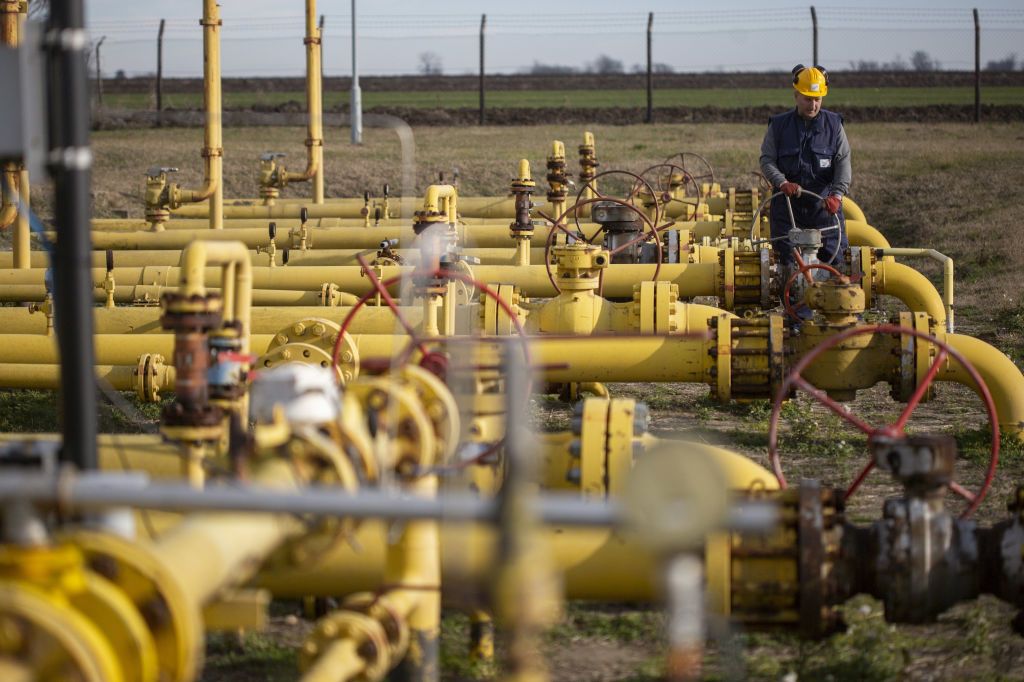Serbia has signed an agreement with Russia for additional gas supplies this winter, despite efforts to diversify its energy sources. The CEO of the Serbian state-owned company Srbijagas, Dusan Bajatovic, reached an agreement with Alexey Miller, CEO of Russian state-owned energy giant Gazprom, at the International Gas Forum in St. Petersburg. The agreement will see Russian gas supplies to Serbia reach 400 million cubic meters this winter, under a three-year deal signed in May 2022. Serbia, which has maintained friendly relations with Moscow, is heavily reliant on Russian gas and consumes around 2.5 billion cubic meters annually.
In an effort to reduce its dependence on Russian gas, Serbia has also started exploring alternative options. In November 2023, Belgrade signed a contract with Baku to deliver 400 million cubic meters of gas from 2024-2026 and a billion cubic meters from 2027. Additionally, on Oct. 7, Belgrade and North Macedonia signed a memorandum of understanding for a 70-kilometer pipeline that will link Serbia to the liquefied natural gas (LNG) terminal in Alexandroupolis, Greece. An agreement was also concluded with Romania for a gas interconnector on Aug. 6, giving Serbia more flexibility in its gas imports.
Despite Serbia’s efforts to diversify its energy sources, it continues to maintain close ties with Russia and relies heavily on Russian gas imports. Gazprom provides around 2 billion cubic meters of gas to Serbia annually, with the gas entering the country via the TurkStream and Balkan Stream pipelines, bypassing Ukraine. With Ukraine set to end its transit contract with Gazprom at the end of the year, and many EU countries moving away from Russian gas imports, Serbia is under pressure to reduce its dependence on Russian gas and explore other options to meet its energy needs.
Gazprom, Russia’s state-owned energy giant, has faced challenges in 2023, with Forbes reporting that it has become Russia’s least profitable company. Despite this, Gazprom’s net cash flow from operating activities increased by 5% to $242 billion in 2023. This highlights the complex dynamics of the energy sector, where geopolitical considerations, economic factors, and global energy trends all play a role in shaping energy agreements and partnerships.
As Serbia navigates its energy future, it finds itself in a delicate balancing act between East and West. While maintaining friendly relations with Moscow, Belgrade also desires to join the EU and comply with EU regulations and standards. This has led Serbia to explore alternative energy sources and partnerships, such as the agreements with Baku, North Macedonia, and Romania, while still maintaining its ties with Russia for gas supplies. The energy landscape in the region is evolving rapidly, and Serbia’s approach to energy diversification will continue to be shaped by geopolitical shifts and global energy trends in the coming years.


